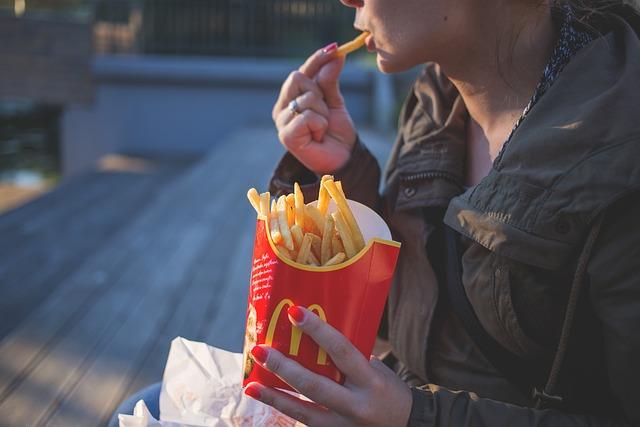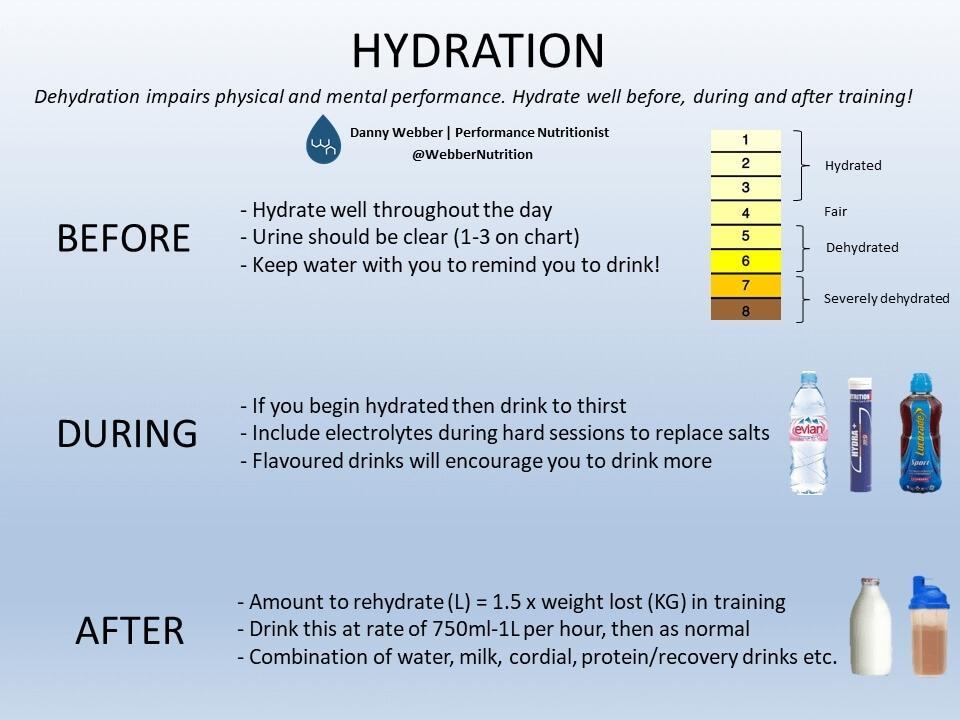In today’s fast-paced world, maintaining a healthy diet often feels like a daunting task, especially when the goal is to eat less without succumbing to hunger. Yet, with the right strategies, it’s entirely possible to reduce your food intake while still feeling satisfied and energized. This guide will unveil practical, science-backed techniques to help you manage your appetite, make smarter food choices, and ultimately achieve a balanced diet without the constant nagging of hunger. By understanding the body’s hunger signals and learning how to optimize nutrition, you can take control of your eating habits confidently and sustainably. Dive in as we explore the art of eating less without sacrificing comfort or satisfaction.
Master the Art of Mindful Eating
Discovering the balance between nourishment and satisfaction involves tuning into your body’s natural hunger cues. Start by slowing down your eating pace. When you take the time to chew thoroughly and savor each bite, you’re allowing your body to register fullness, reducing the likelihood of overeating. Pay attention to the flavors and textures of your food, transforming each meal into a sensory experience. This mindful approach not only enhances enjoyment but also helps you become more attuned to your body’s needs.
Consider incorporating more whole, nutrient-dense foods into your meals. These foods are rich in fiber, keeping you fuller for longer periods. Here’s a simple guide to help you on your journey:
- Opt for whole grains like quinoa or brown rice instead of refined grains.
- Include a variety of colorful vegetables to boost your meal’s nutrient profile.
- Choose lean proteins such as chicken, fish, or plant-based alternatives like tofu.
- Don’t forget healthy fats from sources like avocados, nuts, and olive oil.
By prioritizing these food choices, you can enjoy satisfying meals without the constant battle against hunger.

Harness the Power of Protein and Fiber
When striving to eat less without feeling the gnaw of hunger, incorporating protein and fiber into your meals is key. These nutritional powerhouses can help you feel fuller longer, curbing the urge to snack unnecessarily. Here’s how you can leverage them effectively:
- Protein-packed choices: Opt for lean meats like chicken or turkey, plant-based options such as tofu and legumes, or the ever-reliable eggs and dairy products. These not only keep hunger at bay but also provide essential amino acids for muscle repair and growth.
- Fiber-rich foods: Integrate whole grains, fruits, vegetables, and nuts into your diet. They are slow-digesting, meaning they release energy gradually, keeping you satisfied and energized throughout the day.
By strategically combining these elements, you create a diet that supports weight management without compromising on satiety. With a few tweaks, your meals can become a source of sustained energy and satisfaction.
Optimize Meal Timing for Sustained Satisfaction
To maintain a sense of fullness throughout the day, consider the strategic timing of your meals. Begin by aligning your meals with your body’s natural rhythms, such as consuming a substantial breakfast to kickstart your metabolism and prevent overeating later. Eating smaller, more frequent meals can help regulate hunger and energy levels, preventing the dips that lead to impulsive snacking.
- Prioritize Protein and Fiber: Incorporate protein-rich foods and fiber into each meal to prolong satiety.
- Mindful Midday Meals: Avoid skipping lunch; instead, opt for balanced options that sustain energy without causing a post-meal slump.
- Early Evening Dinners: Aim to have your last meal a few hours before bedtime to support digestion and prevent late-night cravings.

Incorporate Hydration Strategies for Fullness
Staying adequately hydrated is a powerful yet often overlooked strategy to help manage appetite. Water not only supports overall health but also plays a crucial role in promoting a sense of fullness. When you feel those familiar pangs of hunger, consider reaching for a glass of water first. Sometimes, the body confuses thirst with hunger, leading to unnecessary snacking. By drinking a glass of water before meals, you can create a sense of satiety that encourages smaller portion sizes without feeling deprived.
- Start your day with water: Kickstart your metabolism and flush out toxins by drinking a glass of water first thing in the morning.
- Carry a water bottle: Keep a reusable water bottle handy to ensure you’re sipping throughout the day, maintaining hydration and curbing hunger.
- Infuse for flavor: If plain water seems monotonous, infuse it with slices of citrus, cucumber, or mint for a refreshing twist.
By weaving these hydration habits into your daily routine, you’ll not only support your body’s needs but also help control your appetite naturally and effectively.
